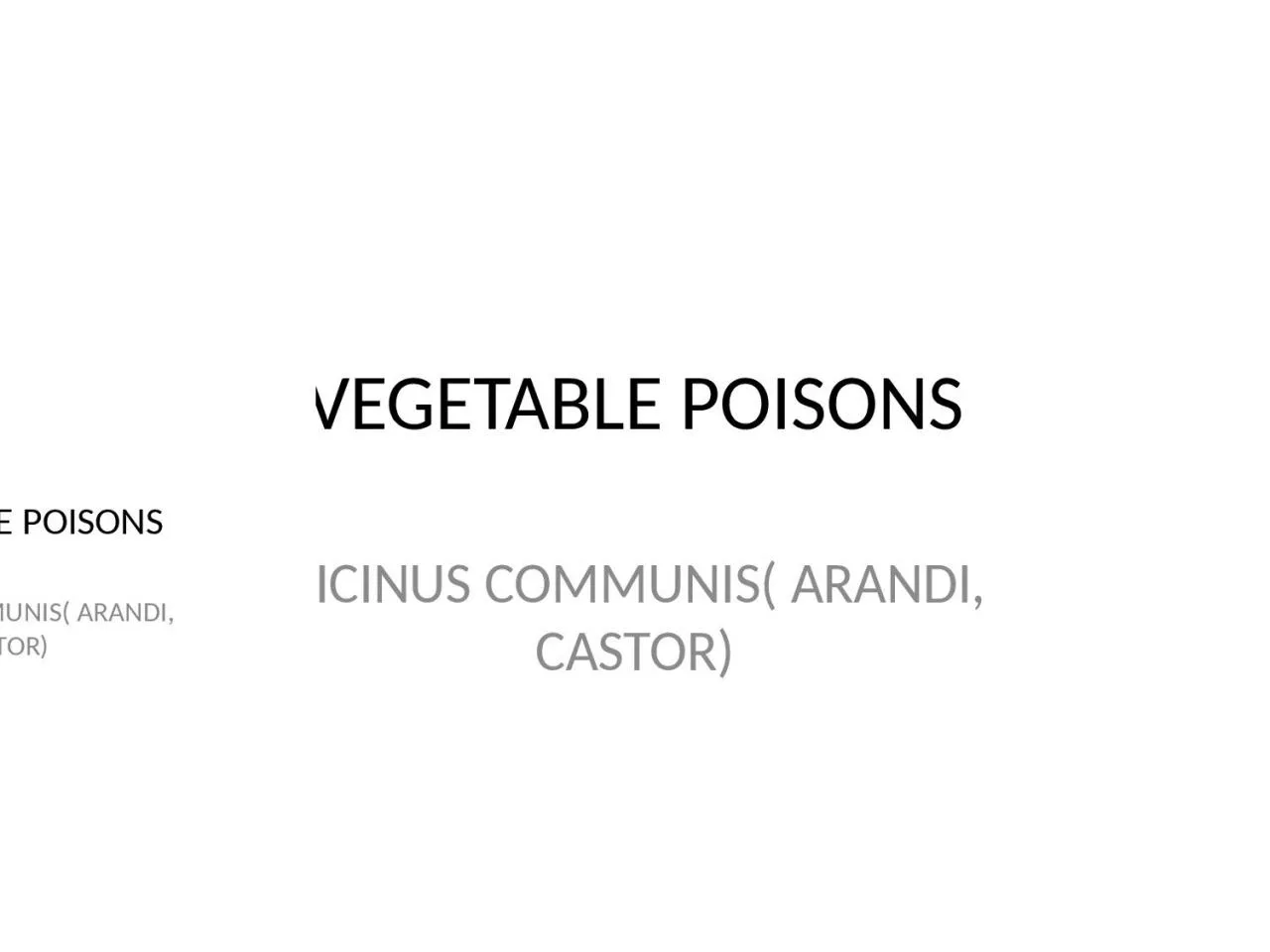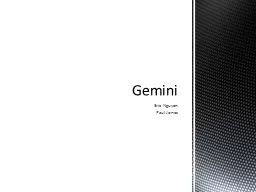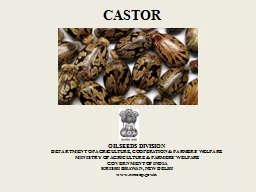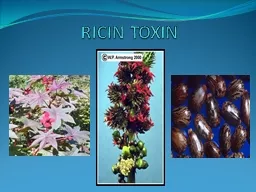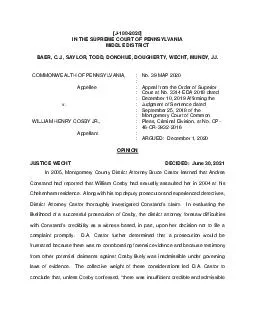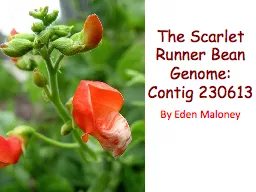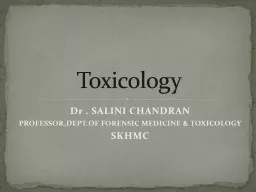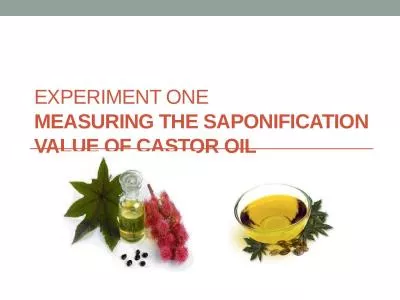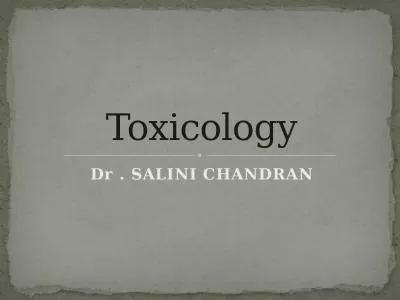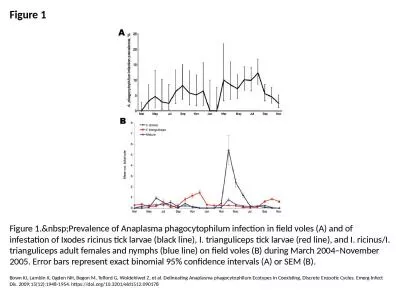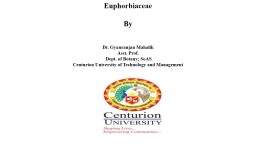PPT-VEGETABLE POISONS RICINUS COMMUNIS( ARANDI, CASTOR)
Author : badra | Published Date : 2023-11-16
HABITAT Latin common tick because the seed resembles ticks Found all over India There are two varieties of seed Red large seed with brown swollenspots produces
Presentation Embed Code
Download Presentation
Download Presentation The PPT/PDF document "VEGETABLE POISONS RICINUS COMMUNIS( ARAN..." is the property of its rightful owner. Permission is granted to download and print the materials on this website for personal, non-commercial use only, and to display it on your personal computer provided you do not modify the materials and that you retain all copyright notices contained in the materials. By downloading content from our website, you accept the terms of this agreement.
VEGETABLE POISONS RICINUS COMMUNIS( ARANDI, CASTOR): Transcript
Download Rules Of Document
"VEGETABLE POISONS RICINUS COMMUNIS( ARANDI, CASTOR)"The content belongs to its owner. You may download and print it for personal use, without modification, and keep all copyright notices. By downloading, you agree to these terms.
Related Documents

